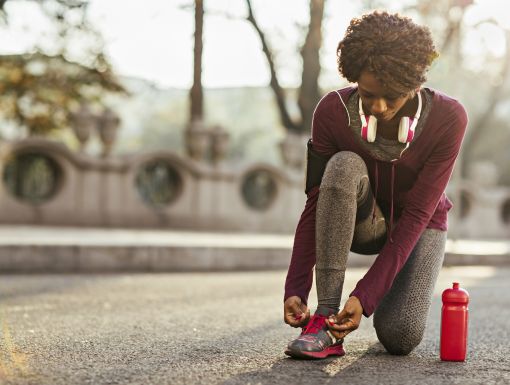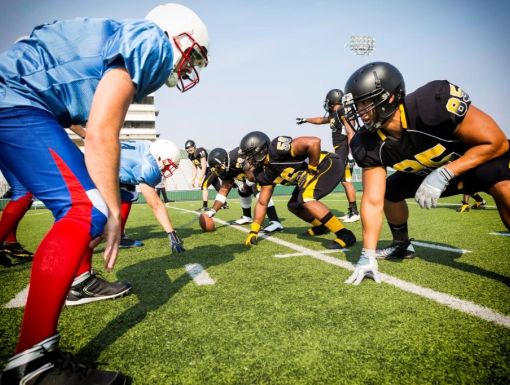
How to Prevent Soccer Injuries
And just like that, this quadrennial event is nearly at its close. The World Cup final will soon close out the tournament after a month of exhilarating, physical play. Did I mention “physical”? Even without the inevitable contact and collisions that come with playing an opponent, the sheer fitness required to run consistently up and down a field for ninety minutes is no easy feat.
Whether you’re a seasoned player or feeling inspired by The Cup and just getting started, common strains and sprains can be tough to avoid. However, the American Academy of Orthopedic Surgeons does have some tips that can help reduce your chance of injury.
Preparation
- Maintain fitness. Be sure you’re in good physical condition at the start of soccer season. During the off-season, stick to a balanced fitness program that incorporates aerobic exercise, strength training, and flexibility. If you’re out of shape at the start of the season, gradually increase your activity level and slowly build back up to a higher fitness level.
- Warm up and stretch. Always take time to warm up and stretch, especially your hips, knees, thighs and calves. Research studies have shown that cold muscles are more prone to injury. Warm up with jumping jacks, stationary cycling or running or walking in place for three to five minutes. Then slowly and gently stretch, holding each stretch for 30 seconds.
- Cool down and stretch. Stretching at the end of practice is too often neglected because of busy schedules. Stretching can help reduce muscle soreness and keep muscles long and flexible. Be sure to stretch after each training practice to reduce your risk for injury.
- Hydrate. Even mild levels of dehydration can hurt athletic performance. If you haven’t had enough fluids, your body won’t be able to effectively cool itself through sweat and evaporation. A general recommendation is to drink 24 ounces of non-caffeinated fluid two hours before exercise. Drinking an additional eight ounces of water or sports drink right before exercise is also helpful. While you are exercising, break for an eight-ounce cup of water every 20 minutes.
Wear the Right Equipment
- Wear shin guards to help protect your lower legs. Soccer tournament records show that lower leg injuries are most often caused by inadequate shin guards.
- Wear shoes with molded cleats or ribbed soles. Shoes with screw-in cleats are often associated with a higher risk of injury. However, shoes with screw-in cleats should be worn when more traction is needed, such as on a wet field with high grass.
- Use synthetic, nonabsorbent balls on wet playing fields. Leather balls can become water-logged and very heavy when wet, putting players at high risk for injury.
Safe Return to Play
An injured player's symptoms must be completely gone before returning to play. For example:
- In case of a joint problem, the player must have no pain, no swelling, full range of motion, and normal strength.
- In case of concussion, the player must have no symptoms at rest or with exercise, and should be cleared by the appropriate medical provider.
Prevent Overuse Injuries
Because many young athletes focus on just one sport and train year-round, doctors are seeing an increase in overuse injuries. In order to prevent overuse injuries:
- Limit the number of teams in which your child is playing in one season. Kids who play on more than one team are especially at risk for overuse injuries.
- Do not allow your child to play one sport year round. Taking regular breaks and playing other sports is essential to skill development and injury prevention.



